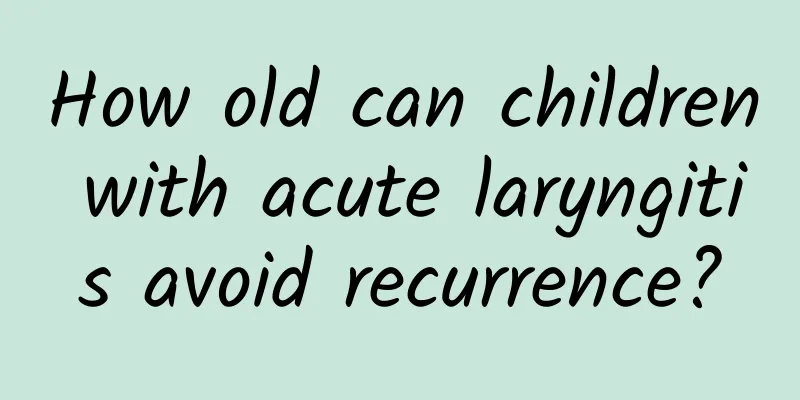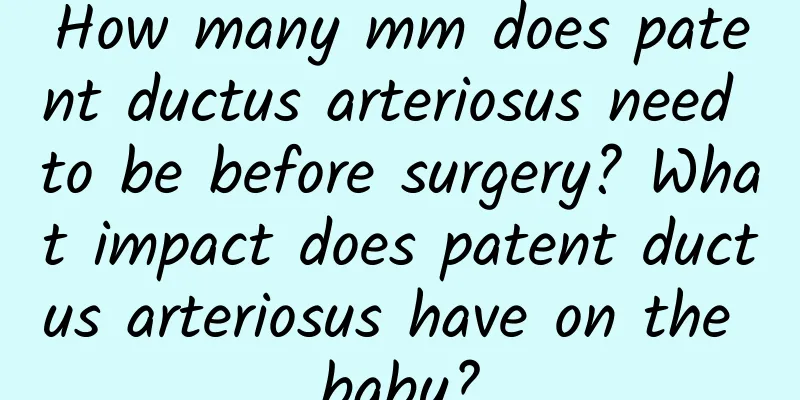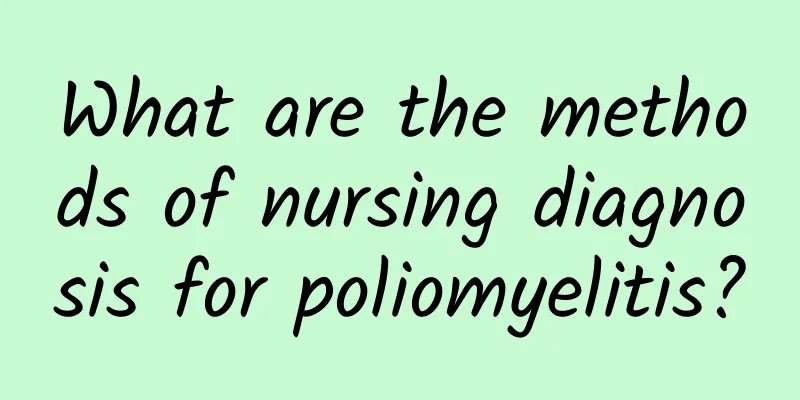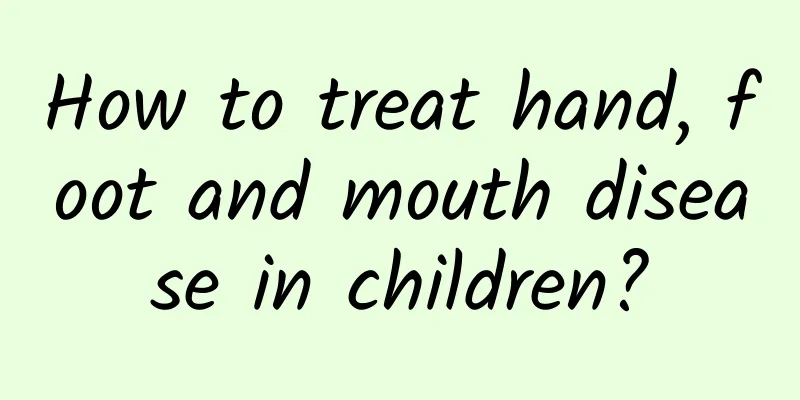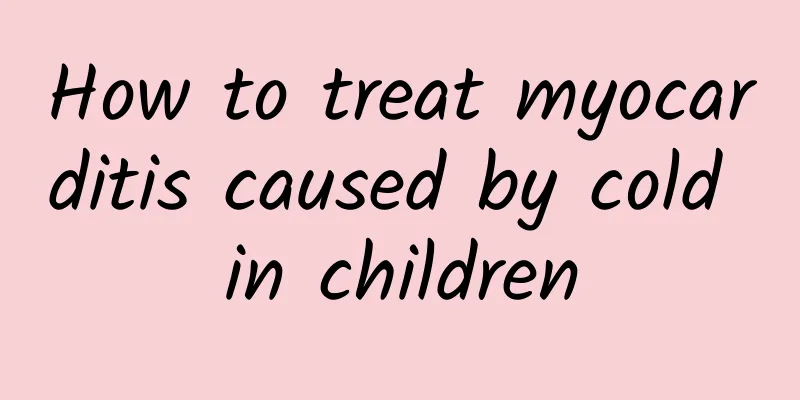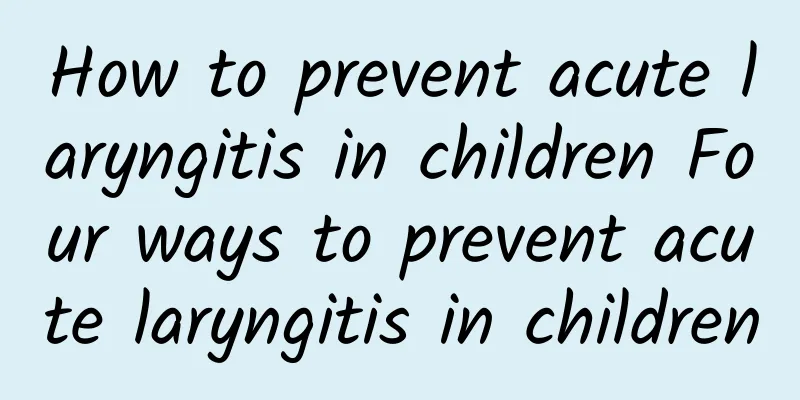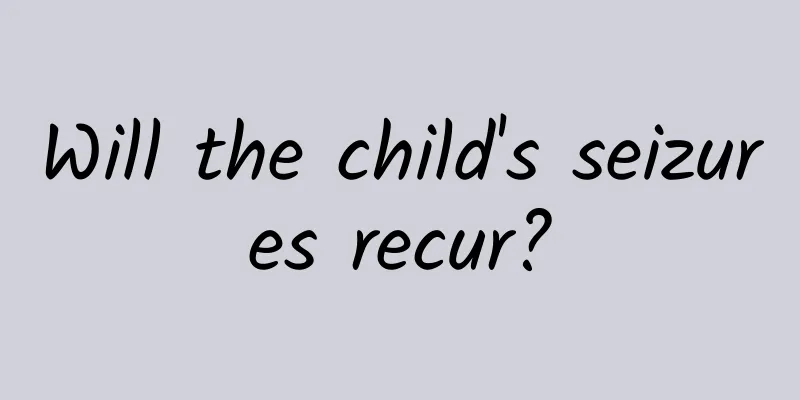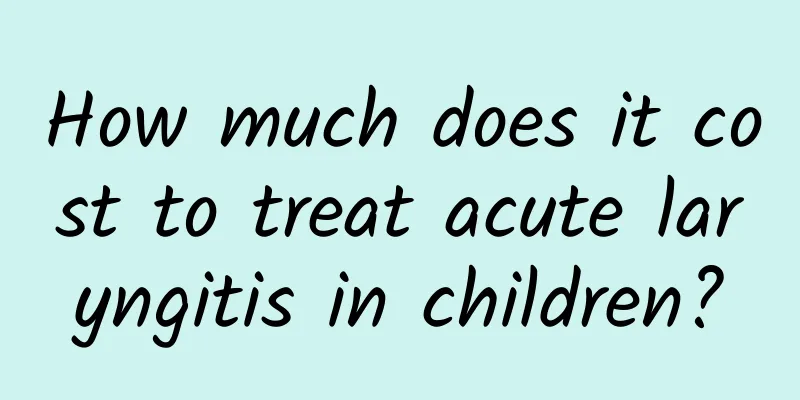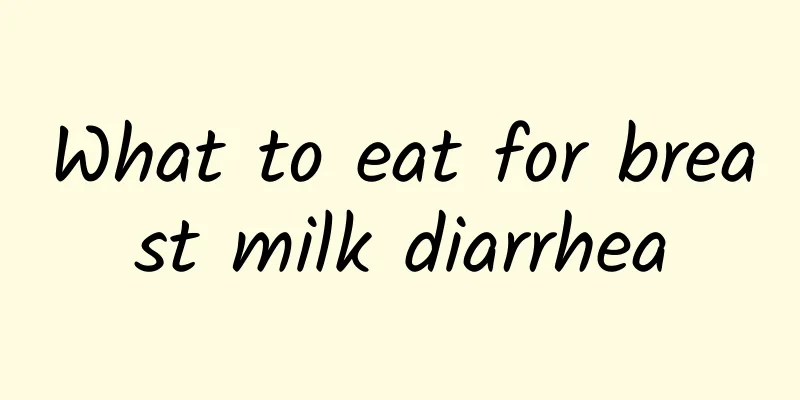What is the value of jaundice in a 15-day-old baby?
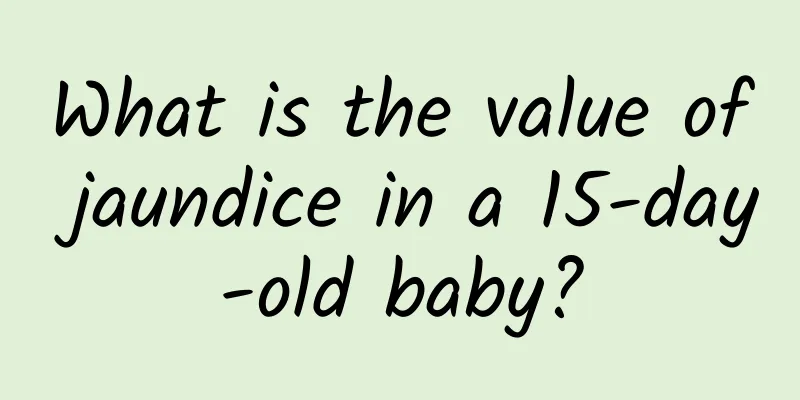
|
First, see if your baby's jaundice needs treatment The jaundice value is actually to monitor the bilirubin level. Bilirubin has two units, one is mg/dl and the other is umol/L. Their relationship is 1mg/dl=17.1umol/L. Therefore, if your baby's jaundice is measured, first look at the unit behind the jaundice value. If it is mg/dl, look at the left side of Figure 1 for the vertical axis. If it is umol/L, look at the right side of Figure 1 for the vertical axis. Then compare the horizontal axis of Figure 1 with the age in hours after birth to see where your baby's jaundice value is. For example, if a baby who is 24 hours old has a jaundice value of 13.6mg/dl, then the baby is in the high-risk area and needs active treatment, while the cause of the jaundice needs to be found. If a baby who is 60 hours old has a jaundice value of 160umol/L, then the baby is in the low-risk area and does not need treatment and can be rechecked after 2 days. If the baby's jaundice value is in the low-medium risk area, phototherapy can be considered, and the jaundice changes need to be observed within a short period of time; if it is in the high-medium risk area, phototherapy must be performed. Of course, this is a simple judgment, and the specific treatment measures must be combined with the baby's gestational age and the rate of progression of jaundice. The bilirubin level here refers to the serum bilirubin level, but our initial clinical tests are mostly transcutaneous bilirubin measurements. The difference between the two is not too big and can be used as a reference. Baby jaundice needs treatmentIf baby jaundice needs treatment, phototherapy is the first choice. The most commonly used is blue light, which is more easily absorbed by bilirubin on the surface of the skin. Light exposure can accelerate the oxidation and decomposition of fat-soluble free bilirubin into water-soluble bilirubin, allowing the bilirubin deposited in the skin to be excreted from the body as soon as possible. In addition to blue light, white light can also be used. During phototherapy, the baby is placed naked in a phototherapy box, with the eyes and perineum covered with a black cloth, and irradiated with a single-sided or double-sided light. Because phototherapy mainly acts on the superficial tissue of the skin, the disappearance of jaundice cannot be used as the basis for stopping phototherapy, but the decrease in serum bilirubin concentration must be used as the basis, otherwise, jaundice will rebound. The side effects of phototherapy are relatively few. Diarrhea and rash may occur occasionally, but they are not serious and will not affect continued treatment. The side effects of phototherapy are much lower than the damage caused by bilirubin encephalopathy. Children can generally recover on their own after stopping phototherapy, so parents do not need to worry too much. It is common in clinic that some parents delay treatment because they are worried about the harm to their babies and the side effects of blue light. Figure 2 shows the phototherapy values for babies at different times after birth, combined with gestational age and risk factors. For babies with the same birth time, different gestational age, and different risk factors, the values required for phototherapy are different. For babies born at the same time, if the gestational age is younger and there are risk factors, then the value of phototherapy he needs needs to be lowered. For example, for babies 48 hours after birth, with a gestational age of 35-37 weeks and risk factors, phototherapy is required when the bilirubin is 11mg/dl; for babies >38 weeks, with risk factors or healthy babies of 35-37 weeks, phototherapy is only required when the bilirubin is 13mg/dl, and for healthy babies ≥38 weeks, phototherapy is only required when the bilirubin is 15mg/dl. Risk factors refer to whether the baby has hemolysis due to blood type incompatibility, glucose-6-phosphatase deficiency, etc. Guidelines for phototherapy intervention for neonatal jaundiceJaundice requiring exchange transfusion When the degree of jaundice exceeds a certain range, blue light therapy alone is not enough. In order to prevent the occurrence and aggravation of bilirubin encephalopathy, blood transfusion therapy may be required. The values of blood transfusions for babies with different risk factors at different times after birth. Similarly, if a baby of the same time after birth has a younger gestational age and risk factors, the value of blood transfusions he needs needs to be reduced. Guidelines for exchange transfusion intervention for neonatal jaundiceFor example, if a baby is 48 hours old and has a gestational age of 35-37 weeks and has risk factors, a transfusion is required if the bilirubin is 17mg/dl; if the baby is >38 weeks old and has risk factors or a healthy baby of 35-37 weeks has a bilirubin of 19mg/dl, a transfusion is required, and if the baby is ≥38 weeks old and has a bilirubin of 22mg/dl, a transfusion is required. Transfusion therapy has certain risks, such as the risk of infection caused by blood transfusion. Therefore, if the baby's jaundice reaches a certain level, the doctor hopes that parents can understand and start blue light treatment as soon as possible. Otherwise, once the disease develops to the point where blood transfusion therapy is required, not only the risk of the treatment itself, but also the risk of bilirubin encephalopathy and sequelae will be greatly increased. |
<<: How should mothers feed their babies if they develop breast milk jaundice?
>>: Should I stop breastfeeding if my newborn has jaundice?
Recommend
What is the reason why children keep coughing repeatedly? What should I do if my child keeps coughing repeatedly?
In daily life, children often have symptoms of re...
What to do if your five-month-old baby coughs
When the temperature drops suddenly, some babies ...
How to prevent neonatal jaundice during pregnancy
However, good eating and living habits during pre...
How to treat hand, foot and mouth disease in a four-year-old child
The treatment of hand, foot and mouth disease in ...
Pregnancy and childbirth issues for children with eczema
What does it mean for children to have eczema dur...
Best hospital for the treatment of acute laryngitis in children
Acute laryngitis in children troubles many parent...
Which hospital is specialized in treating pediatric tracheitis?
The general symptoms of bronchitis in children ar...
What is the chance of recovery from congenital heart disease in children?
What is the chance of recovery of congenital hear...
What are the dietary taboos for children with diarrhea? What should I do if my child has diarrhea?
Diarrhea is a very common problem. For children, ...
Chinese medicine prescription for diarrhea in children
Children's diarrhea can be properly treated w...
Misdiagnosis and mistreatment of hernia in children can lead to life-long consequences
When it comes to pediatric hernia, I believe ever...
What are the causes of chronic cough in children? There are 6 common types of chronic cough in children.
The causes of chronic cough in children include c...
What fruits are good for adults with hand, foot and mouth disease?
During the period of hand, foot and mouth disease...
Is neonatal jaundice related to breast milk?
Is neonatal jaundice related to breast milk? 1. N...
How to treat an eight-month-old baby's cough? How to treat an eight-month-old baby's cough?
Babies around 8 months old do not have very good ...
